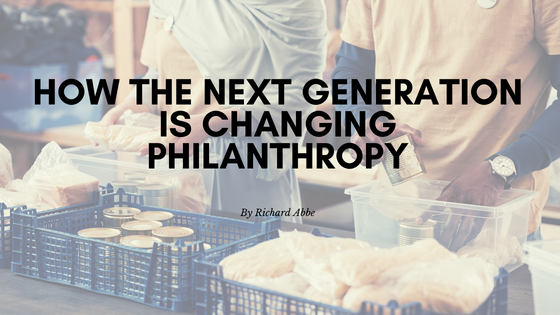The rise of Gen-Z and the increasing number of millennials are reinvigorating philanthropy. According to a report released by Zelle, over 75% of millennials have supported their family, friends, and nonprofits since the pandemic started.
Gen-Z and millennials are becoming more charitable, with many of them supporting various causes through their social media platforms and utilizing online tools such as GoFundMe. This trend was apparent earlier this year when donations began pouring in after a fire destroyed the Pet Alliance of Greater Orlando’s facility.
Due to the widespread media coverage of the incident, thousands of people donated to the organization. According to Steve Bardy, the Pet Alliance usually receives around 10,000 donations a year. However, in just seven days, they received over 12,000 donations, which helped them raise over $500,000 to rebuild their facility.
The passion and generosity of young donors are inspiring, however, they need to be supported by organizations that can develop effective connections and deliver measurable results. Nonprofits need to continue to welcome the new generation of donors who are driven by deep connections and are searching for ways to improve their impact.
The success of next-generation philanthropists will depend on the continuous effort and dedication of organizations. In addition to being able to attract and retain donors, these individuals also need to develop effective partners and co-creators.
Younger donors are looking for hands-on involvement as well as a deeper understanding of how organizations use the support that they receive. They want to be involved in the decisions that are made by the organizations they support as they are more likely to develop strong relationships with these groups. Not satisfied with just giving annually, these individuals want to feel like they are part of the solution.
Younger donors are often drawn to causes that inspire them, and next-gens are more likely to make philanthropy a part of their everyday lives. According to a study conducted by “The Millennial Impact Report,” the majority of millennials are motivated to give when they feel that an organization is doing important work. In fact, around 90% of the respondents stated that they would stop giving if they were not satisfied with the organization’s mission.
The importance of sharing knowledge is also apparent in the way that next-gens engage with organizations. They are more likely to share their experiences on social media, which makes them an ideal ambassador for the organizations they support. According to the report “2021 Future of Philanthropy,” over 40% of millennials donate on platforms such as GoFundMe, while 24% of them learn about a cause through social media.
So how can nonprofit leaders attract and retain this powerful next generation of donors?
Getting involved is very easy, as long as you make it as effortless as possible. A few simple steps such as signing a petition or liking a post can be enough to get involved. However, it’s important to maintain the conversation and keep new supporters engaged. Provide updates often!
Furthermore, one of the most important factors that nonprofit leaders need to consider when it comes to attracting and retaining the next generation of donors is the organization’s narrative. According to a study conducted by “The Millennial Impact Report,” the majority of millennials are motivated to give when they feel that an organization is doing important work. Nonprofits should provide visual and written content as much as possible.
Nonprofit leaders should also avoid shying away from bold statements, as next-gen donors are more likely to support organizations that are addressing social issues head-on. Additionally, these nonprofits should share examples of how the organization is making progress.
Cross-sector collaboration is another great strategy that charitable organizations can use to attract new donors. This can be done through the use of creative solutions and collaborations. Get involved further in the community by setting up monthly meetings that bring together different people from the surrounding areas. For instance, a nonprofit organization could host a monthly open mic night at a local cafe as a means to attract new donors and bring people together.
The increasing number of millennials becoming major donors and board members of organizations is expected to change the way philanthropy is conducted. These people will challenge traditional practices and raise the bar for charitable giving resulting in a more resilient and powerful philanthropic landscape.

